Search the Special Collections and Archives Portal
Search Results
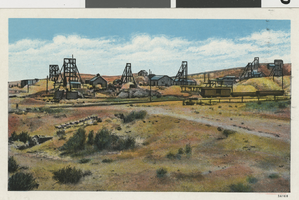
Goldfield, Nevada, railway and terrain: postcard
Date
Archival Collection
Description
Image

Holding cells for Nevada Test Site protestors: photographic print
Date
Archival Collection
Description
Image
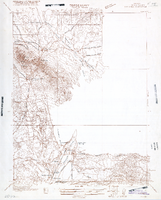
Map of Nevada, Lincoln County, Ely Range Quadrangle, Lincoln County (Nev.), 1921
Date
Description
Image
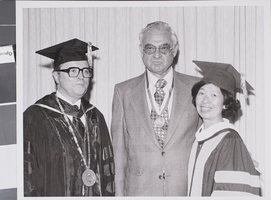
Photograph of commencement for the University of Nevada, Las Vegas, 1978
Date
Archival Collection
Description
Description provided with image: "1.) Dr. Brock Dixon; 2) Artemus Ham, Jr.; 3) Lilly Fong, regent. Commencement 1978."
Image
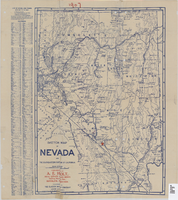
Sketch map of Nevada and the southeastern portion of California, 1906
Date
Description
Image
#71281: UNLV Hockey vs. Northern Arizona University (NAU) at Las Vegas Ice Center for story about advancing to D-I in the minor association they're in now with NCAA ambitions 3-5 years down the road, December 2, 2016, 2016 December 02
Level of Description
Archival Collection
Collection Name: University of Nevada, Las Vegas Creative Services Records (2010s)
Box/Folder: Digital File 01
Archival Component
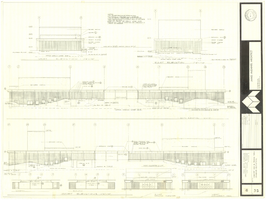
Architectural drawing of concert hall and drama theater, University of Nevada, Las Vegas, exterior elevations, November 5, 1969
Date
Archival Collection
Description
Exterior elevations for the concert hall and drama theater on the University of Nevada, Las Vegas campus, including a connecting courtyard. These buildings would become the Artemus W. Ham Concert Hall and the Judy Bayley Theatre. Sheet 6 of 35. "Drawn by G.T. Checked by K.D. Job number 6828. Scale 1/16" = 1'-0". Date Nov. 5, 1969"
Site Name: University of Nevada, Las Vegas
Address: 4505 S. Maryland Parkway
Image
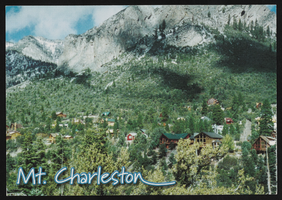
Mt. Charleston in Nevada: postcard
Date
Archival Collection
Description
Image
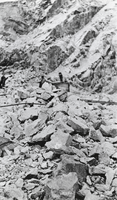
Miners pictured at a mine site perhaps in the vicinity of Round Mountain, Nevada: photographic print
Date
Archival Collection
Description
From the Nye County, Nevada Photograph Collection (PH-00221) -- Series V. Smoky Valley, Nevada and Round Mountain, Nevada -- Subseries V.C. Lofthouse-Berg Families (Round Mountain)
Image
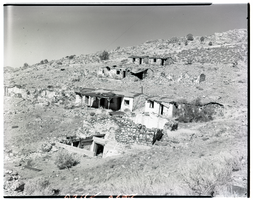
Film transparency of a ghost town, Delamar, Nevada, 1956
Date
Archival Collection
Description
Image
